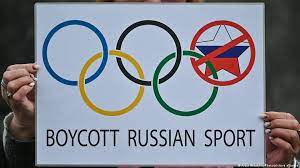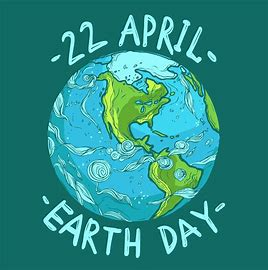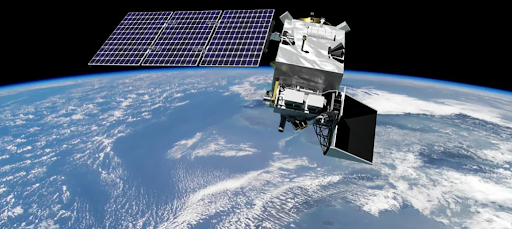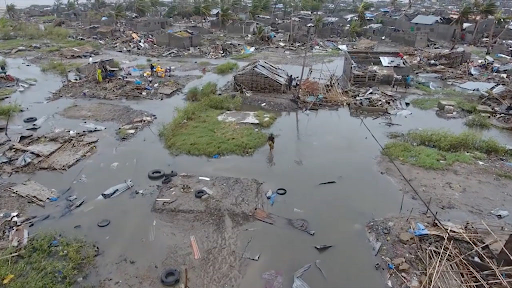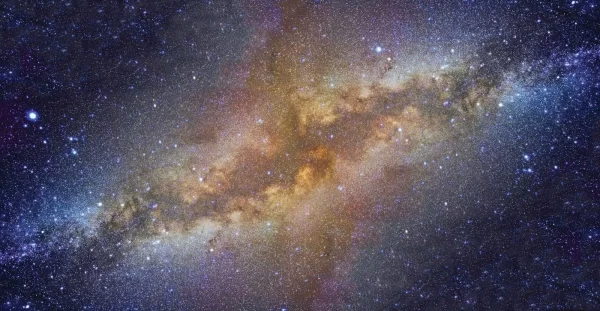The (Almost) Late Barrier Reef
A UNESCO world heritage site. One of the seven natural wonders of the world. The state icon of Queensland. The Great Barrier Reef.
The Great Barrier Reef is the world’s largest coral reef ecosystem, consisting of over 3,000 reefs, 600 islands, 300 coral cays and an area of more than 300,000 square kilometers. Although known for its breathtaking beauty, in more recent news, attention has been brought to the fact that the reef is headed towards a watery grave.
It’s no secret that the Earth is in serious jeopardy. Global warming, endangered species and pollution are just a few examples. The fact that almost 93% of the Great Barrier Reef is on the verge of dying forces our society to confront the growing crisis.
If the reef dies, a ripple effect will spread throughout the world. Not only will thousands of species of organisms be endangered, but this will lead to major economic downfall in countries that rely on the organisms and reef for monetary gain. Thus, it is important that we attempt to save the reef while we still can.
The Great Barrier Reef has been plagued by an affliction known as ‘Bleaching’. This is the change that the coral goes through when under stress. This stress can be caused by a variety of actors pertaining to changes in temperature light or nutrients. As a result, the coral reefs release symbiotic algae and turn white, effectively killing them. Other factors that contribute to the damage are extensive fishing, mining and the burning of fossil fuels.
Although bleaching can cause permanent damage, the Great Barrier Reef is not a lost cause. It is imperative to act now to help the reef recover as soon as possible in order to continue building up the reef’s health. A $2 billion dollar investment from the Australian and Queensland government is a good start. We cannot let a piece of the world’s beauty be marred as we sit blindly and idly by. As long as there is hope, there is a chance for redemption. The Great Barrier Reef isn’t lost to us yet.



